-
 Bitcoin
Bitcoin $115200
-2.68% -
 Ethereum
Ethereum $3601
-5.16% -
 XRP
XRP $3.035
-2.96% -
 Tether USDt
Tether USDt $0.9997
-0.04% -
 BNB
BNB $764.5
-5.43% -
 Solana
Solana $168.1
-5.92% -
 USDC
USDC $0.9998
-0.02% -
 Dogecoin
Dogecoin $0.2090
-4.80% -
 TRON
TRON $0.3272
-0.49% -
 Cardano
Cardano $0.7306
-5.00% -
 Hyperliquid
Hyperliquid $39.16
-12.22% -
 Stellar
Stellar $0.3967
-4.96% -
 Sui
Sui $3.566
-5.95% -
 Chainlink
Chainlink $16.55
-6.57% -
 Bitcoin Cash
Bitcoin Cash $552.3
-3.90% -
 Hedera
Hedera $0.2516
-4.69% -
 Avalanche
Avalanche $21.99
-5.75% -
 Toncoin
Toncoin $3.621
-0.28% -
 Ethena USDe
Ethena USDe $1.000
-0.03% -
 UNUS SED LEO
UNUS SED LEO $8.951
0.02% -
 Litecoin
Litecoin $105.9
-3.59% -
 Shiba Inu
Shiba Inu $0.00001232
-5.00% -
 Polkadot
Polkadot $3.640
-5.55% -
 Uniswap
Uniswap $9.048
-7.03% -
 Monero
Monero $301.8
-1.51% -
 Dai
Dai $0.9999
-0.01% -
 Bitget Token
Bitget Token $4.334
-3.66% -
 Pepe
Pepe $0.00001064
-6.17% -
 Cronos
Cronos $0.1367
-5.78% -
 Aave
Aave $259.2
-4.59%
What is Ethereum state channel? State channel use case
Ethereum state channels enable fast, low-cost transactions by handling interactions off-chain and only settling the final result on the blockchain.
Jun 14, 2025 at 08:35 am
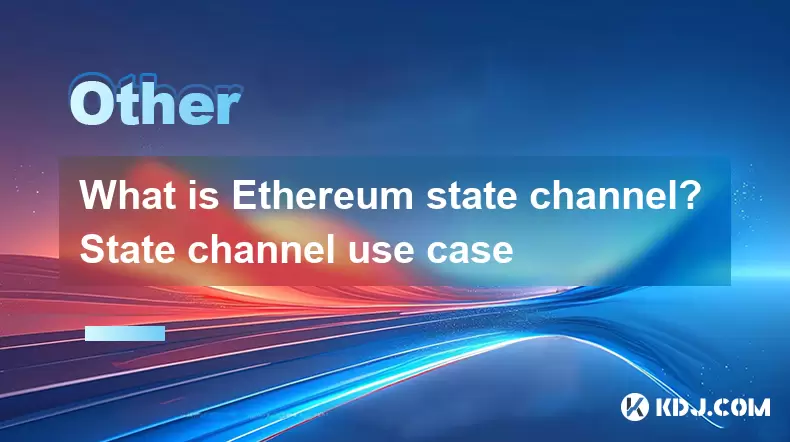
Understanding Ethereum State Channels
Ethereum state channels are a Layer 2 scaling solution designed to enhance the speed and reduce the cost of transactions on the Ethereum blockchain. These channels allow participants to conduct multiple off-chain interactions without broadcasting every transaction to the main Ethereum network. The core idea behind state channels is that only the final outcome of these interactions is recorded on the blockchain, significantly reducing congestion and gas fees.
A state channel operates by locking a portion of the blockchain state between two or more parties using a smart contract. Once this initial agreement is established, participants can exchange signed state updates among themselves. These updates represent changes in balances, ownership, or other conditions agreed upon during the channel's setup. Importantly, these updates remain valid but are not submitted to the blockchain unless there's a dispute or one party wishes to close the channel.
How Ethereum State Channels Work
To initiate a state channel, participants must first agree on the rules governing their interaction and deposit funds into a multi-signature smart contract. This contract acts as an escrow and ensures that all parties adhere to the agreed-upon conditions. Once the deposit is confirmed, the state channel is open for use.
Participants then engage in off-chain communication where they sign each new state update with their private keys. Each update supersedes the previous one, meaning only the latest version holds validity when it comes time to settle on-chain. If any participant attempts to submit an outdated state, others can challenge this by providing a newer signed version, which invalidates the malicious claim.
Closing a state channel involves submitting the most recent state to the Ethereum blockchain via a transaction. This action triggers the smart contract to release funds according to the final balances recorded in the last valid state update. The process ensures fairness and security while minimizing direct interaction with the mainnet.
Key Features of Ethereum State Channels
- Low Transaction Costs: Since most operations occur off-chain, users avoid paying high gas fees for each individual transaction.
- High Throughput: Multiple transactions can be processed instantly within the channel before settling on-chain.
- Privacy Preservation: Off-chain interactions are not publicly visible until the channel closes, offering enhanced privacy compared to traditional on-chain transactions.
- Security Guarantees: The underlying smart contract ensures that dishonest behavior can be detected and penalized through cryptographic proofs.
These features make Ethereum state channels particularly suitable for scenarios requiring frequent, rapid, and secure interactions among trusted or semi-trusted parties.
Use Cases for Ethereum State Channels
One prominent application of state channels lies in micropayment systems, especially in environments where small, recurring payments are common. For example, streaming services could utilize state channels to pay content creators incrementally based on viewer engagement, avoiding costly per-second transactions on the main chain.
Another compelling use case is in decentralized gaming platforms, where players interact frequently during gameplay. By leveraging state channels, developers can ensure real-time responsiveness and low latency while maintaining the integrity of in-game assets and transactions.
State channels also find relevance in IoT (Internet of Things) networks, enabling devices to autonomously transact with minimal human intervention. Smart meters, autonomous vehicles, and supply chain sensors can securely exchange value and data efficiently without overloading the Ethereum network.
Additionally, peer-to-peer marketplaces benefit from state channels by allowing buyers and sellers to negotiate terms and transfer digital goods rapidly without relying heavily on centralized intermediaries.
Technical Implementation of State Channels
Setting up an Ethereum state channel requires several technical components:
- Smart Contract Deployment: A custom smart contract must be created to manage deposits, withdrawals, and dispute resolution mechanisms.
- Multi-Signature Wallets: Participants typically use multi-sig wallets to control access to the deposited funds and validate state transitions.
- Off-Chain Communication Protocols: Secure messaging protocols facilitate the exchange of signed state updates between participants.
- On-Chain Settlement Mechanism: When ready, the final state must be submitted to the blockchain along with necessary cryptographic evidence to prevent fraud.
Developers often rely on frameworks like Counterfactual or Raiden Network to simplify the implementation of state channels. These tools abstract much of the complexity involved in managing cryptographic signatures, timeouts, and dispute handling.
Challenges and Considerations
Despite their advantages, Ethereum state channels come with certain limitations. One major concern is capital lockup, as funds must remain locked within the channel until it closes. Users must carefully assess how many channels they maintain simultaneously to avoid liquidity issues.
Another consideration is the requirement for participants to monitor the blockchain regularly. Failure to respond to fraudulent claims within a specified timeframe might result in loss of funds. Implementing automated watchtowers or third-party monitoring services can mitigate this risk but introduces additional dependencies.
Furthermore, setting up and managing state channels demands technical expertise, making them less accessible to non-developers. User-friendly interfaces and wallet integrations are still evolving in this space, limiting widespread adoption at present.
Frequently Asked Questions
Q: Can I open a state channel with anyone on Ethereum?
Yes, you can establish a state channel with any party willing to participate, provided both sides agree on the terms and deposit funds into the shared smart contract.
Q: Are state channels reversible if I change my mind?
Once a state channel is opened, you cannot reverse the initial deposit immediately. However, you can close the channel anytime and retrieve your share of the funds based on the latest agreed-upon state.
Q: What happens if one party disappears or refuses to sign updates?
If a participant becomes unresponsive, the remaining parties can initiate a timeout mechanism embedded in the smart contract. After the timeout period elapses, the channel can be closed unilaterally using the last known valid state.
Q: Do state channels require constant internet connectivity?
While active participation benefits from reliable connectivity, some implementations support asynchronous updates. However, to protect against fraud, participants should periodically check the blockchain for potential disputes.
Disclaimer:info@kdj.com
The information provided is not trading advice. kdj.com does not assume any responsibility for any investments made based on the information provided in this article. Cryptocurrencies are highly volatile and it is highly recommended that you invest with caution after thorough research!
If you believe that the content used on this website infringes your copyright, please contact us immediately (info@kdj.com) and we will delete it promptly.
- Navigating the Crypto Market: Bitcoin, Trader Experience, and Avoiding the Noise
- 2025-08-02 00:50:12
- Deep Agents, AI Task Management, and Evolution AI: A New Era?
- 2025-08-02 00:50:12
- SPX6900, BlockDAG, and Miner Sales: A New York Minute on Crypto Trends
- 2025-08-01 23:30:15
- BlackRock, XRP ETF, and Ripple: Is the Perfect Storm Brewing?
- 2025-08-01 22:50:11
- Solana ETF Momentum Builds: Will SOL Join the Institutional Party?
- 2025-08-02 00:10:15
- Cardano (ADA) Breakout Watch: Is the Sleeper About to Wake Up?
- 2025-08-02 00:10:16
Related knowledge

What is the difference between a blockchain and a database?
Aug 01,2025 at 09:36pm
Understanding the Core Structure of a BlockchainA blockchain is a decentralized digital ledger that records data in a series of immutable blocks linke...
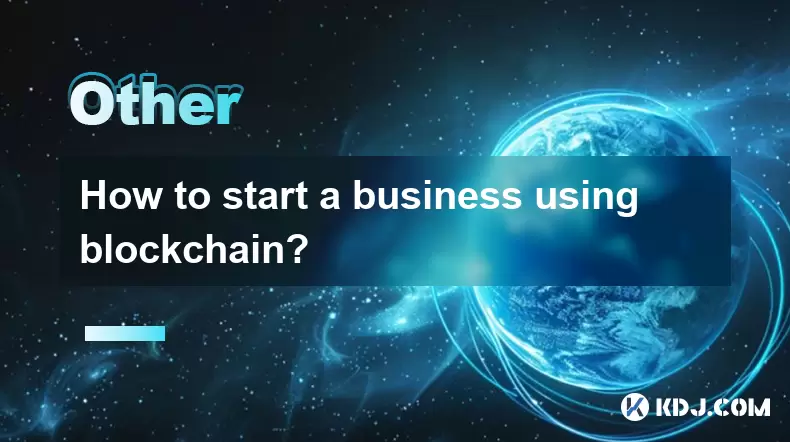
How to start a business using blockchain?
Jul 28,2025 at 12:36am
Understanding the Basics of Blockchain TechnologyBefore diving into the process of starting a business using blockchain, it's crucial to understand wh...
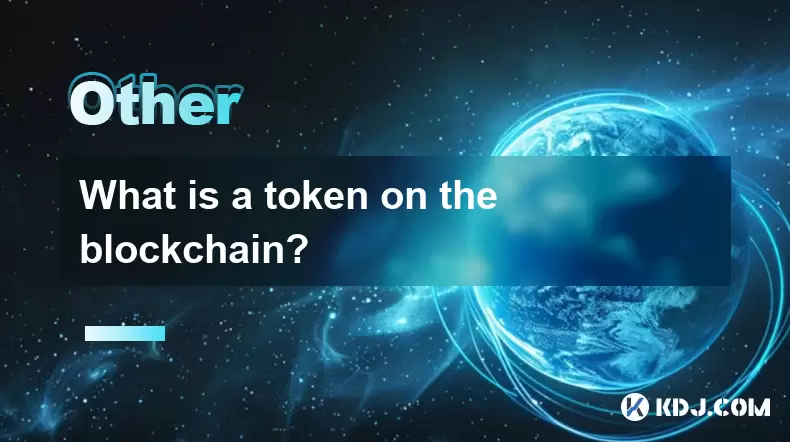
What is a token on the blockchain?
Jul 21,2025 at 07:00am
Understanding the Concept of a TokenIn the realm of blockchain technology, a token is a digital representation of an asset or utility that exists on a...
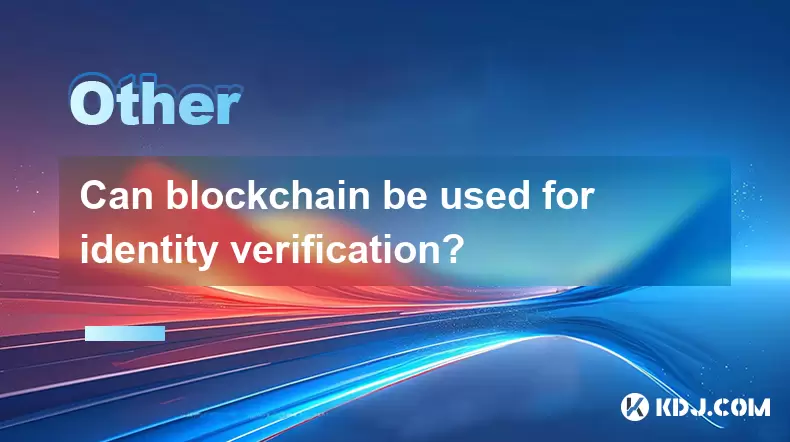
Can blockchain be used for identity verification?
Jul 18,2025 at 02:14pm
Understanding Identity Verification in the Digital AgeIn the modern digital landscape, identity verification has become a critical component for ensur...
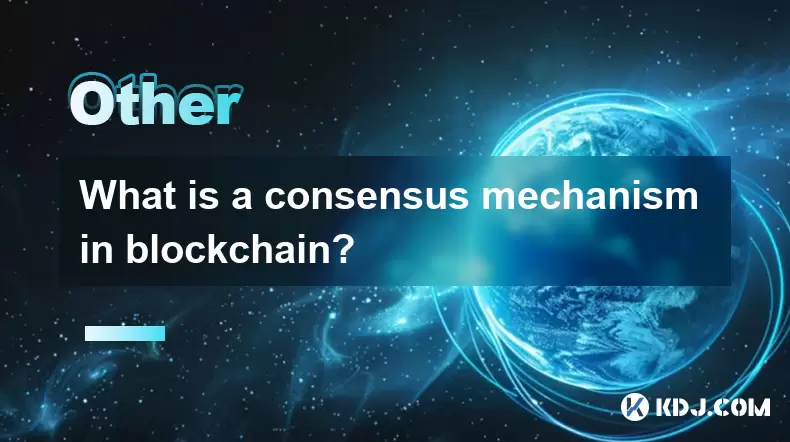
What is a consensus mechanism in blockchain?
Jul 21,2025 at 03:01am
Understanding the Basics of Consensus MechanismsA consensus mechanism is a critical component of any blockchain network. It refers to the process by w...
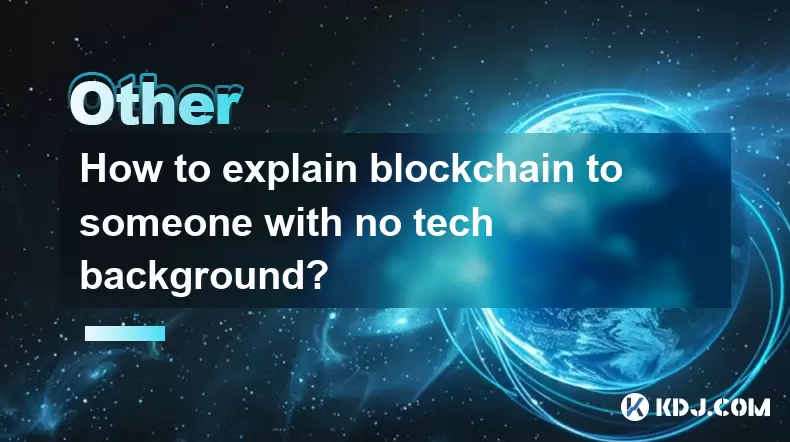
How to explain blockchain to someone with no tech background?
Jul 18,2025 at 11:08pm
Understanding the Basics of BlockchainTo explain blockchain to someone with no tech background, it's essential to start with simple analogies and avoi...

What is the difference between a blockchain and a database?
Aug 01,2025 at 09:36pm
Understanding the Core Structure of a BlockchainA blockchain is a decentralized digital ledger that records data in a series of immutable blocks linke...

How to start a business using blockchain?
Jul 28,2025 at 12:36am
Understanding the Basics of Blockchain TechnologyBefore diving into the process of starting a business using blockchain, it's crucial to understand wh...

What is a token on the blockchain?
Jul 21,2025 at 07:00am
Understanding the Concept of a TokenIn the realm of blockchain technology, a token is a digital representation of an asset or utility that exists on a...

Can blockchain be used for identity verification?
Jul 18,2025 at 02:14pm
Understanding Identity Verification in the Digital AgeIn the modern digital landscape, identity verification has become a critical component for ensur...

What is a consensus mechanism in blockchain?
Jul 21,2025 at 03:01am
Understanding the Basics of Consensus MechanismsA consensus mechanism is a critical component of any blockchain network. It refers to the process by w...

How to explain blockchain to someone with no tech background?
Jul 18,2025 at 11:08pm
Understanding the Basics of BlockchainTo explain blockchain to someone with no tech background, it's essential to start with simple analogies and avoi...
See all articles

























































































